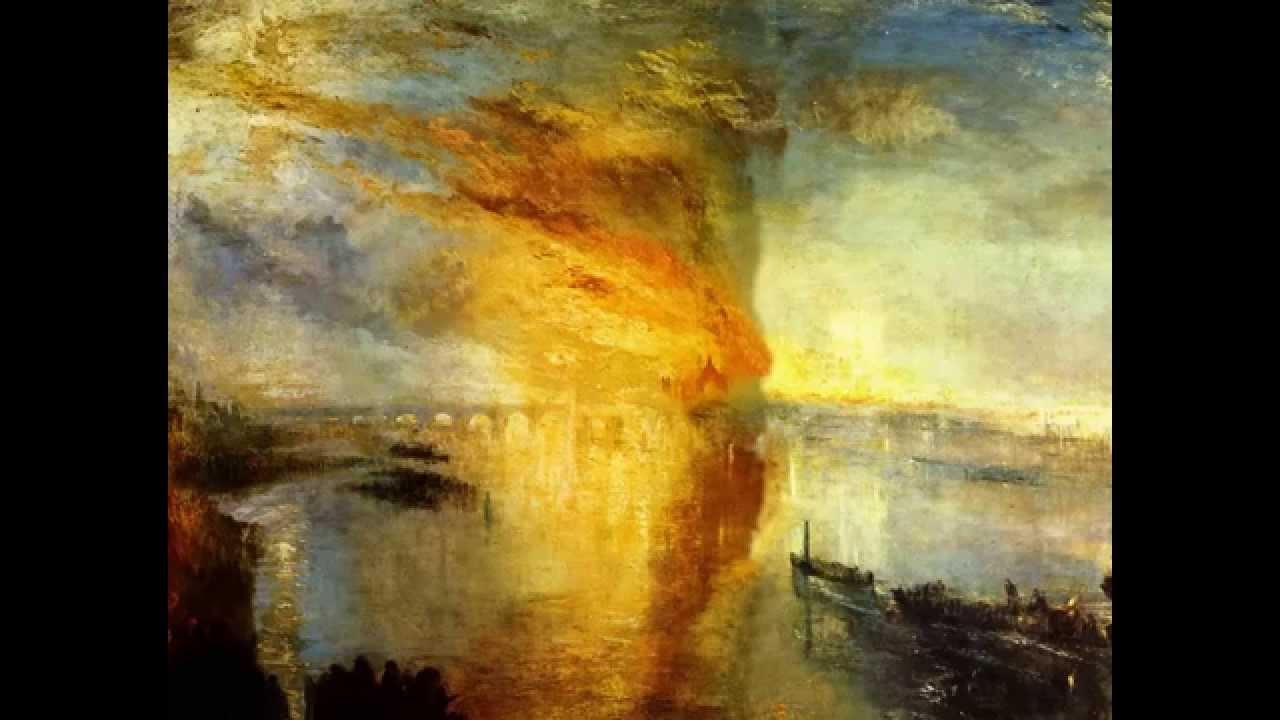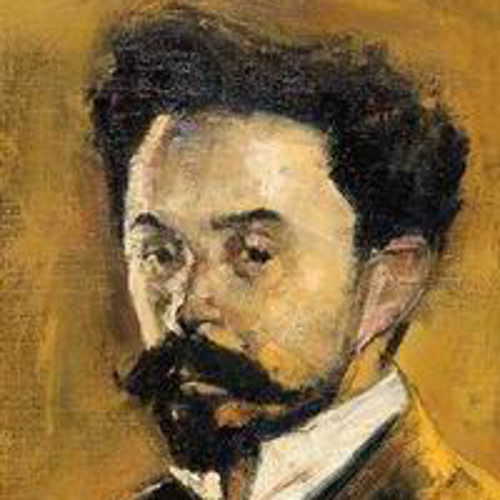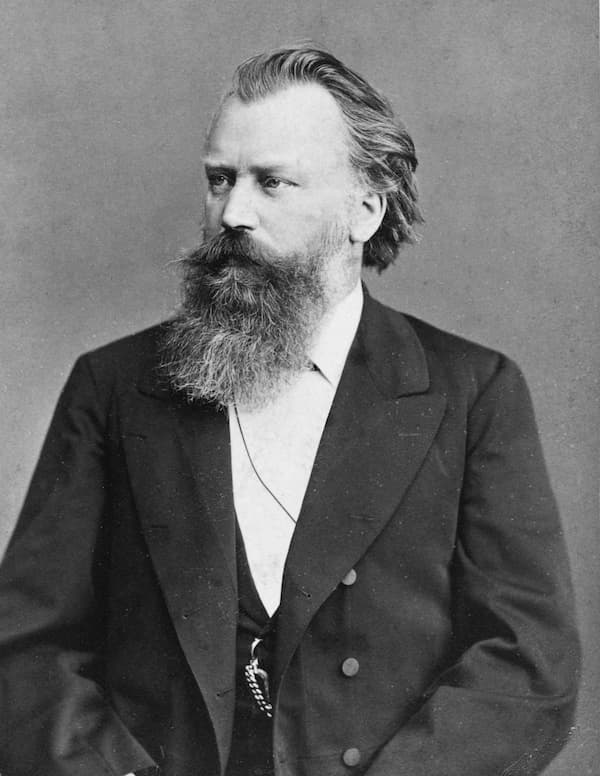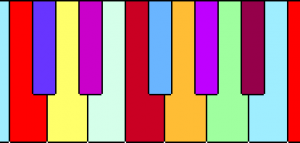
Color Keyboard
As you remember, Prometheus was the titan who stole fire from the exclusive use of the gods on Olympus and brought it to mankind.
Scriabin developed his clavier à lumières (keyboard with lights), also called in the score tastiéra per luce, where both colors (red, blue, etc.) and effects (lightning, sparkles) were controlled off from a keyboard. One copy of this instrument was developed for the première in New York in 1915, created by Scriabin’s friend Alexander Mozart, an electrical engineer. It was very primitive and has largely been abandoned in performances of the work.
The twenty-minute long work is part symphonic poem and part piano concerto, and includes, in additional to the regular symphony players, a pianist, an organist (and the tastiéra per luce player) and a chorus.
By chromatic scale
Note | Colour |
C | red (intense) |
C♯ | violet or purple |
D | yellow |
D♯ | flesh (glint of steel) |
E | sky blue (moonshine or frost) |
F | deep red |
F♯ | bright blue or violet |
G | orange |
G♯ | violet or lilac |
A | green |
A♯ | rose or steel |
B | blue or pearly blue |
This list is not to say how Scriabin himself looked at color, since we find that there’s actually a pattern hidden in plain sight (or before our very ears) – when you put the colors in chromatic order (ROY G BIV, or Rainbow order), we find that they create a very common musical idea: the circle of fifths, which has been guiding music since the Baroque era.
By spectrum
Colour | Note |
deep red | F |
red | C |
orange | G |
yellow | D |
green | A |
sky blue | E |
blue | B |
bright blue | F♯ |
violet or purple | C♯ |
lilac | G♯ |
flesh | D♯ |
rose | A♯ |
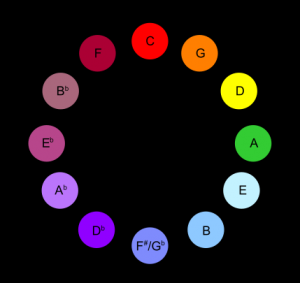
Color/notes arranged in chromatic order
The piece begins with his “mystic chord” (A-D#-G-C#-F#-B) and everything in the piece derives from that set of notes. One commentator thought that piano part, which often solos with music that is much more playful than in the orchestra, represents Man – “dancing to the rhythms of the cosmos.” The piece ends, rather unexpectedly, in F# (bright blue), “suggesting the triumphant presence of the human within the cosmos.”
To see this realized in accordance with Scriabin’s score, but with modern multi-media techniques, Yale University was able to do a credible performance in 2010, a mere century after Scriabin started work on the piece. In this performance, the luce’s part is represented by the circle with rays that is centred behind the orchestra.


